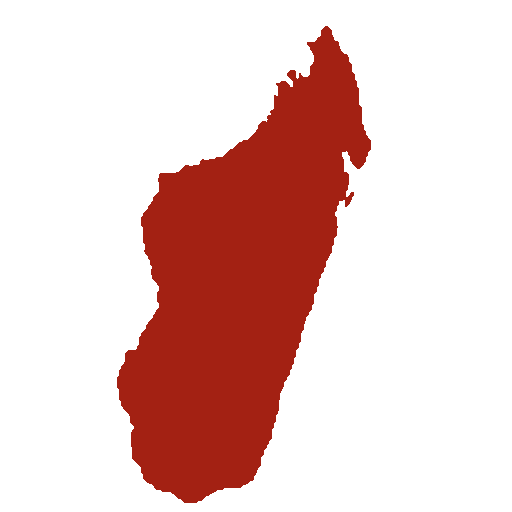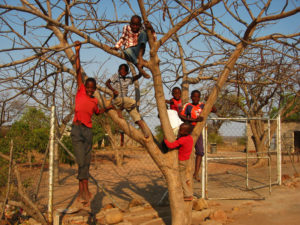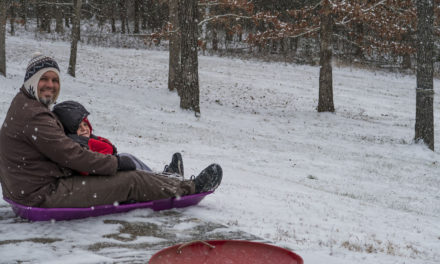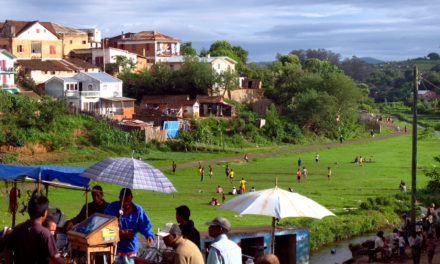There are a number of obstacles to any kind of work here in South Africa, and only some of them have to do with physical resources. One of the biggest and most widespread challenges that we frequently encounter is racial or tribal prejudice. Sometimes it’s based strictly on skin color; South Africa certainly has a bad history of breaking people of different shades into different categories for the purpose of oppression and control.
But sometimes prejudice here rears its ugly head as tribalism or xenophobia (fear of strangers). Many people in South Africa, including those who have historically been oppressed the most, are often themselves the main perpetrators of negative stereotypes about their closest neighbors, simply because they belong to a different tribal group, speak a different dialect, or come from a different, but neighboring African nation.
After our first week in South Africa, it was time for Lora and me to move to a temporary “homestay” for the two month duration of Peace Corps training. We were given no details about the family, location, living arrangements, or any of it until it was time to actually meet the new host family. He or she could be anybody, with any size family, living in any type of home, near or far from the campus we were training at, anything was possible. We had no idea who it was or what it would be like. But we were very excited at the chance of interacting on a much more personal level with the South Africans who lived around us, and we hoped for a nice family where we could learn a lot.
Well, as it turned out, we went to live with one widowed lady of the Tswana tribe who was in her 60s and she had a very nice house in a quiet rural area a little ways outside of the already-small training town. Her name is Ma (Mrs.) Mashishi. The first few days were awkward; I mean really, what was she to do with the strange white people who suddenly moved into her house?
But in a short time we all warmed up to each other, especially when she realized that we didn’t want any special treatment and we simply wanted to enjoy life as she did. The fact that she spoke rough but good English certainly helped, even more so since we were spending most of our day learning xiTsonga and not seTswana (which was her language). We ate dinner with her every night, shared recipes, chatted from time to time, and hung around her house whenever we could. She wasn’t a very talkative or emotional lady, but she liked having us around and she often worried if it started to get dark and we weren’t back from the day’s training yet.
A bit over a month later, the time came for us to visit our permanent site for a week, check it out, see how things were, and agree to stay there. In preparing to leave, Ma Mashishi started becoming increasingly more worried about whether or not we had everything we needed, especially food. She told us several times, and very emphatically, “you don’t know what kind of people they are!”
We were both surprised that she didn’t realize that “we didn’t know what kind of people they were” the very same day we moved in with her and that our upcoming visit to our permanent site wasn’t any different than that day was. But we just chuckled to ourselves every time she gave the warning.
Of course, we were going to visit the Shangaan people and since they were so far removed from the Tswana people, they might eat food from leaves, wear shoes on their hands, and live in trees for all she knew. She finally decided the only good way to make sure we were taken care of was to bake a big batch of scones and rolls and make sure we took a huge bucket full of food along with us.
Of course our site visit went just fine, the people were great, the food was great, and unfortunately many of Ma Mashishi’s delicious rolls and scones spoiled before we had the chance to eat them. But with all the food that was being poured out to us left and right, we really didn’t have a choice.
We only had a couple weeks left at Ma Mashishi’s after site visit. At some point during those weeks, Peace Corps informed everyone’s host families that they’re hoping to do another training in the same location the following January. They asked the host families whether or not they’d be willing to host new Volunteers-in-training again. Ma Mashishi was quick to offer her house for a new one or two Volunteers to stay with her again.
We talked to her about it a couple of times, probing how she felt about the idea. We decided to make a joke out of her earlier fears about our site visit and told her, while laughing, “but you don’t know what kind of people they are!” Instead of laughing back, she just said, “Mmm! Mmm!” (“Yes! Yes!”) while nodding her head vigorously.
The thing is, until you meet someone, and take time to get to know them, you obviously “don’t know what kind of people they are.” With the history of racial oppression and inter-tribal conflict here in South Africa, that often translates into seclusion and xenophobia.
Just a few months before, there were massive xenophobic riots in the poorest areas surrounding South Africa’s capital that left over 50 African immigrants dead and even more homes burned down. The second elected South African President got kicked out of office in 2008 because he and the aspiring president for 2009’s election were locked in a political/legal battle that clearly divided their constituencies along tribal lines, the ousted President belonging to the smaller of the two tribes.
Almost any time (but not every time) we meet a white South African in town and talk a little about what we’re doing and where we’re staying, they express shock and often try to convince us we shouldn’t be living in the village with “them”. At the same time, I can’t even tell you all the funny and clearly exaggerated stories we’ve heard from rural black South Africans about what the white Afrikaaner minority must still be doing to keep the black majority down.
All of these fears and misunderstandings about one another are surely based on some kernel of truth or some bit of history where one person of one tribe or race or nation did something despicable to someone of another. It happens. South Africa just happens to have a LOT of history of that sort of thing. And so the corresponding fears and misunderstandings are similarly extreme.
But South Africa is also a nation in transition. Things ARE changing. Racism, tribalism, and xenophobia are generally declining. There were several people in our training village who have taken in Zimbabwean refugees, sometimes whole families, who are fleeing from the current crisis there. Many of the people in our current Shangaan village, including our nearest neighbors, were once refugees from a Mozambiquan crisis and many of the rest of the village helped to integrate them.
When we told Ma Mashishi, “you don’t know what kind of people they are!” she agreed with a hearty “Mmm! Mmm!”, but it didn’t change her mind about choosing to host them. She’ll bring one or two more into her home anyway, regardless of her fear of the unknown.
In the end, what else can you do? A shared history of conflict or personal experience with people who’ve treated you badly can leave you wary and skeptical. It’s easy to talk about that skepticism when you’re talking about people you don’t know and who you’ve never met.
But while acknowledging the possibility that anything could happen, even something bad, I suppose the best solution is to go through with it anyway. Meet the person. Take the time to get to know them. How else can South Africa overcome its past and achieve the reconciliation that is the goal of its new government? Let’s hope and pray that more people here in South Africa give other people a chance.






